From Steve: I always get asked by photographers if a Leica M camera could be used professionally, mainly for wedding work.
Many feel that because of its manual focus design it can not be done reliably but I always say “OF COURSE IT CAN!” Not only can it be used professionally for weddings, it can excel in these situations due to the design of the camera and how it is used. I know quite a few who are using M9’s, MP’s and M7’s as their main bread and butter cameras and they are doing very well, so do not think for one second that these can not be used as pro cameras.
Quite a few of you are aware of this, but many, for some reason think this is not the case. Of course a rangefinder camera is not everyones cup of tea but I always enjoy reading about others who shoot with rangefinders for paid jobs.
I have an article planned for this subject but in the meantime here is a great post by someone who is using his Leica M’s professionally and getting beautiful results. Enjoy!
Shooting Leica Professionally by Tapas Maiti
I’m a professional wedding photographer based in Cambridge, UK. At the beginning of this season I made a momentous decision – I sold all my Canon DSLR kit and determined that all my work would be shot with either my Leica M cameras or my Hasselblad 501CM.
My M9, M8/2 and MP, taken by my other M8.2 (my M7 has been sulking a bit since I bought the MP.
I’ve been reading Steve’s website with interest for several months now, being a Leica photographer is a lonely profession (and not feasible according to many) so any sites that promote these great cameras are to be applauded.
I came from a film background, but I started my wedding work with a Canon a 1DIII. It became my mainstay but I photographed like a Leica photographer working with a few short, fast primes but when the Leica M8 came out, I ran out and grabbed it using it for all of my personal work.
My initial attempts to use the M8 on weddings were a disaster, let’s face it, high iso was really poor, the camera could stall and the shutter was pretty loud. I then slowly incorporated the M8 into my work using it where it would shine – bright daylight, wide angle lenses and it made a pretty decent second camera, there was no way I was ever going to carry two 1D cameras!
Some shots from last year with my M8s:
I really enjoyed the results from my M8.2, the new shutter worked, the wide angle lenses blew my Canon wides away but most importantly the rangefinder style really suited me. I really WANTED to shoot Leica.
You can’t always switch systems as a professional and much of my portfolio is shot on the Canon and those cameras have a style of their own. You need to be able to produce what you market.
I had other niggles as well though; did I have the skills to use the Leica exclusively even in the more difficult elements of a wedding – the dancing and low light receptions. Would the M8’s even cope in low light and would they be reliable.
A number of factors came together. The Leica M9 came out, the improved iso was enough, I don’t need 6,400 or even 3,200. A reasonable 1,600 is enough – especially for someone to constantly adds grain to his pictures. I also went on a seminar with Brett (a Leica wedding photographer sponsored by Leica www.bybrett.com) and we discussed approaches and techniques to shooting, Brett’s support was really helpful because I saw someone successfully doing it!
The other factor was serious reflection – I used to shoot manual cameras with no meters very successfully but now I even struggled to use my Blad on Beauty shoots – I realised that all the “aids” – autofocus , programme etc were becoming a crutch. Once the season was over, I resolved to shoot to put the Canon’s in a box.
My original intentions were to keep the Canons as back up and use the Leica M on engagement shoots and weddings and transition over this season.
I’ve now done loads of engagement shoots and several weddings with the Leica M and after the first wedding, I traded all my Canon gear to upgrade my lenses and buy my secret longing – a Leica MP
Some images from this year:
Successfully shooting dance photos was the final clincher, I knew I could do it. So what’s next? You’ve seen the Leica MP, I’ve already started to use some film on pre-wedding shoots and in a limited manner on weddings. I won’t give up on digital but I see film getting progressively stronger. A film Leica is some camera, but I find that well scanned Fuji film needs no work whilst I’m always editing my digital images to look like film.
Thanks Tapas for the article and superb wedding photo samples! – Steve

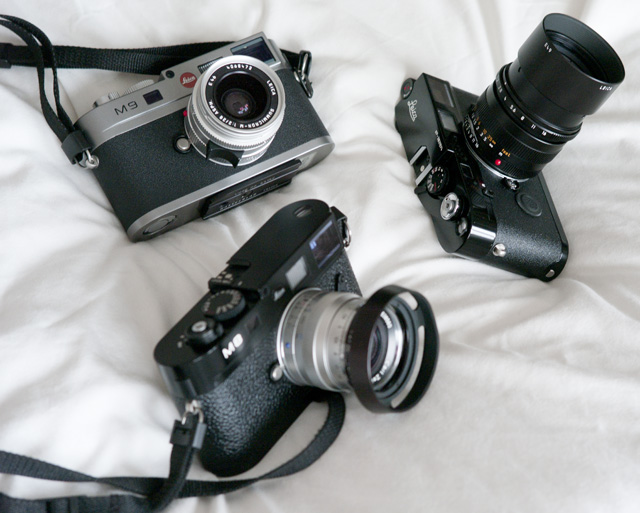
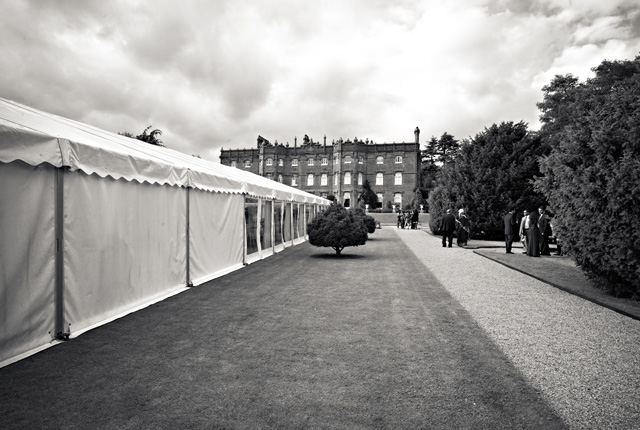
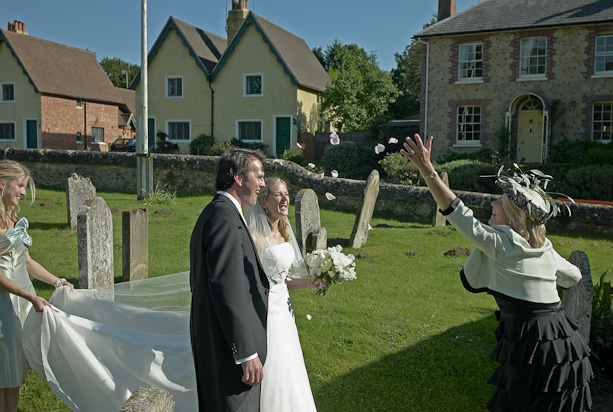
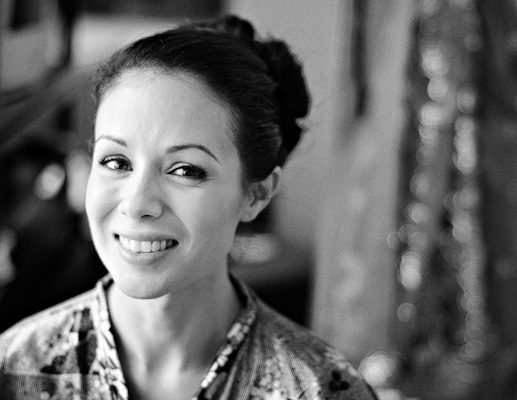
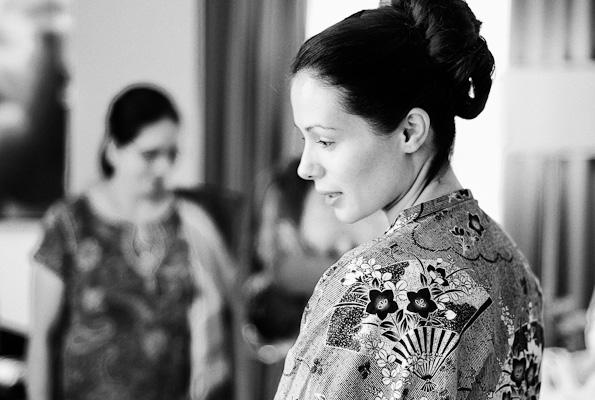
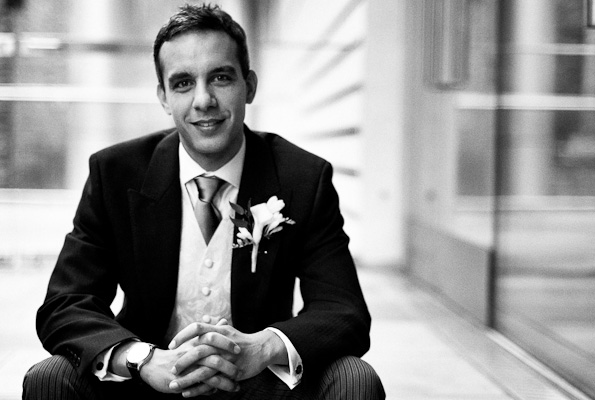
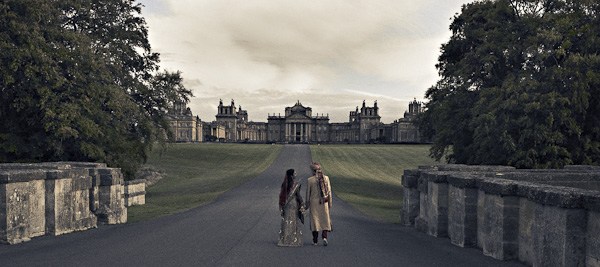
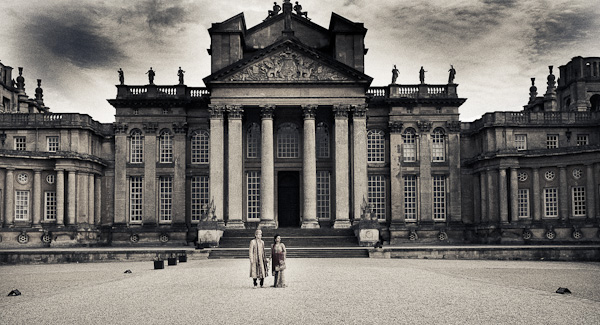
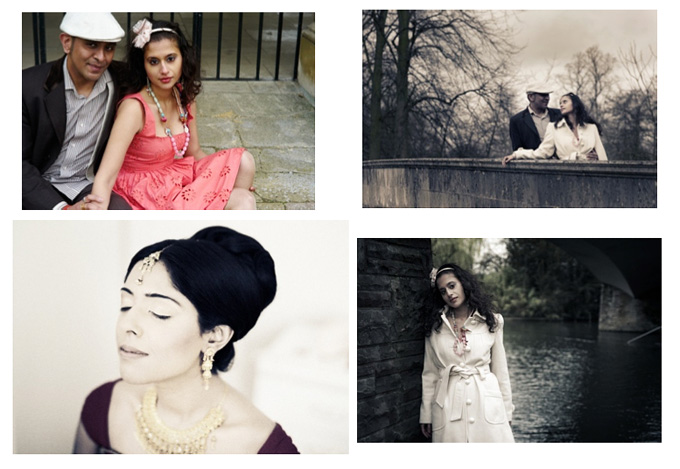

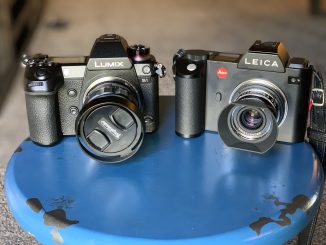


My favorite part- film needs no work whilst I’m always editing my digital images to look like film.
I’m no expert, and can’t claim to have made an exhaustive survey of wedding photography, though I’ve seen a lot of it, but, Tapas, your photos are absolutely outstanding by any standard. Many thanks for sharing them with us.
Hi J
Thanks much appreciated, sorry about the late reply, its silly season at the moment with weddings and shoots.
Tapas
Tapas
Really brave decision and I’m glad it’s working out for you. I’m a bit puzzled however, that you chose a 1D as your Canon weapon of choice. Surely a 5D would have been lighter!
Hi Calvin
I used a 5D originally and never liked it , it never felt responsive enough and immediate enough for me. The 1DIII gave a great file size for weddings and has that responsiveness that you get with a rangefinder. I take single shots and there is that “see, compose, shoot” smoothness that you get with the 1 series that is similar to a rangefinder.
If you like DSLRs then I still think the 1 series is as good as it gets.
Tapas
Nice post Charlie. I think one of the reasons people are more relaxed with a rangefinder is the quietness of it. Not only the sound of the shutter but that fact that it only goes off every now and then. There is nothing more intimidating that a DSLR firing at 10 fps 3 feet away…
This is why a sniper can go in and out without anyone even knowing he was there, especially his target. You go in there with a machine gun and randomly open fire, you will hit everything but by the time you get to where your target is… he is long gone. That or someone puts their hands up and says “please don’t shoot” which, incidentally, is the same reaction you get when you open with a DSLR in a otherwise quiet setting 😉
Stephen B, you’re funny!
Or, you know..shoot 1-2 frames at a time when using a dslr 🙂 Some of the newer ones aren’t that much louder than an M8.2 or M9.
Interesting article Tapas. I have been thinking of going down the Leica line myself for my wedding work. I bought an M6 a few months ago along with a 50 f2.0 and looove the look I am getting straight out of camera. The real appeal of the Leica I have found, is it is so basic.
And no one freaks out when you use it. (Unless you count the 12 year old girl at a wedding who wanted to see the shot on the back of my camera when I was trying out a roll at a wedding. The look on her face when she tried to come to terms with no digital picture…priceless!) Subjects are just more chilled about having a rangefinder around for some reason.
I bought a Mamiya 645 outfit at Ffordes today, to try out some MF film with a view to using that for some of the wedding shots. Or just my own satisfaction!
When I add the cost of my digital Canon gear up, the pair of 1dMk2s and 5dMk2s along with ever increasing macs to process the digital beast wonder why I bothered with digital at all. The processing and scanning costs are not too bad if you look around. (I am using Photo-Express in hull at the moment. £4.00 for develop and scan). Bizarrely I am finding my “keep” rate with film is very high, but with digital I was less moved by more shots. And so many were just duplicates….just in case.
I would love to chat about your experiences at some time.
As an aside I was talking to a local pro lab about the possibility of taking my bushiness over to film and their comment was “Aha, another one.”
Something must be happening in the film business.
Plus, shooting film, you tend to shoot less, but have more keepers. At least that’s what I found when I shoot film.
Hi Charlie
Interesting comments, I tend to agree with you but when you are working for clients there is a duty to test your processes and equipment gradually and carefully which is what I will do over the next year or so.
Drop me an e-mail and we can discuss in more depth off-line
Tapas
last one:
[img]http://farm3.static.flickr.com/2502/4018203530_539361eccd.jpg[/img]
@Stephen B: Really very, very good shots. Realistic, real B&W, flattering but not in a forced manner. And, most importantly, freezing a moment for posterity. What more could one ask for?
[img]http://farm5.static.flickr.com/4006/4229074250_a2a64668af.jpg[/img]
Some Leica M7 shots from a wedding last year:
[img]http://farm5.static.flickr.com/4030/4229793122_5887219a27.jpg[/img]
Perfect shots. What film did you use?
test:
Hi Tapas,
I like your pictures a lot. I shoot some weddings myself mainly using canon. Last wedding I shoot a couple of frames with my M9 but quite soon got slowed down by its writing speed. How do you cope with that?
Markus
Hi Markus
I think your approach when shooting with a Leica has to be different, you can’t do bursts of shots, you have to pick your moments. As an example, there was another photographer at the wedding with me from a news background shooting with a D300. On the dance floor he was firing bursts of 10-15 photos at a time, I was watching a specific scene, watching the lights circle and would fire off one shot at a specific point in time. I can’t remember hitting the buffer though it must have happened.
The main advantage of this is that I have a lot less junk to go through. At a few weeks ago, I shot 430 images and handed over 320 to the client. Over the weekend I shot 1000 images (1 evening ceremony and the following day from 9am to 2am the following morning). I’m actually quite annoyed because I should have kept it to about 750 shots and I am dreading the computer time.
Great article. If photographers could manage for over a hundread years without autofocus , then any photographer today should with enough practise be able to use a leica proffesionaly. People are just lazy and afraid that they might miss a single frame.
+1
Great blog!!!!
Tapas,
Thanks for sharing your wedding experiences with your M’s. I find that using the M during weddings, you really have to think about lighting since you won’t have a flash and/or really high ISO to get you out of trouble.
Anyways, I just came from a wedding over the weekend and brought along my M8. Here’s some pics:
http://tumblr.com/xrcca84nm
I used to work a an extremely successful photographer who shoots weddings entirely with Rolleis and Leica film bodies. Although last I heard for color film he was testing out a 1Ds III. Anyways the digital certainly doesn’t show in his outstanding wedding portfolio.
http://www.johndolan.com
wow he has amazing photos! are they all shot with leica or are some of them from the 1Ds3?
Tapas, How wide do you go on your M8 and M8.2? What is the widest you can go without having to use an external viewfinder? Do you use an external viewfinder? I want to get a wide angle lens on my M8.2, and would like it to be close or wider than a 35mm equivalent. So, my choices would be 21mm, 24mm, or 28mm. I am hoping 21 or 24 would be okay to use and still see frame lines. I was checking out the Zeiss Biogon 25mm lens, and there was one on sale that was specifically geared toward the M8.2/M8 combo. What do you think?
Hi Elaine
The widest you can go without a viewfinder is 24mm but I use a 28mm F2 Summicron. I wear glasses and its much easier to see the 28mm lines (I hate 28mm on the M9 though)
I use an external viewfinder with the 15mm Voigtlander (21mm) but to be honest 90% of my photos are shot between 28m and 75mm.
One word of advice think about where you want to be in the future – the M9 and M8 are hard to use together. The M8 and film are fairly unfussy about coding whereas the M9 needs it a lot more. The manual coding on the M9 is useless for a wedding photographer, you don’t have time to change these sort of settings.
If you can afford it spring for a 28mm 2.8 or 2 Asph. If you think you may go full frame then go for a 21 and 35.
Tapas
Tapas,
Not sure if I’m going full frame by getting the M9. I’m still on the list for one, but may decide to just use the M8.2. I currently have a 35mm Summcron, but would like something a bit wider to equal close to 35mm on the M8.2. The 28MM 2.8 and 2.0 are a but expensive, which is why I was thinking about the Zeiss Biogon 25mm f/2.8 lens.
Hi Elaine
The 28F2 is expensive but the 28 2.8 (in the UK) is in the same ballpark as the 25mm zeiss but if you already have the 35 then I think a wider lens will be more useful for you (between 15 and 25). I am seriously thinking about the Zeiss 21mm myself for M9/Film.
In terms of the M9 – I don’t think the decision is as straightforward as it seems. At lower iso and for normal print sizes I don’t think there is a practical difference in image quality and they are not easy to use together.
My heart was set on a M9, but my wallet wasn’t. LOL! I will use what I have for now. If I go wider than 28mm, down to 21mm, then I would need an external viewfinder. Those must cost a mint as well. Nothing is cheap in Leica Land. Decisions!
Hello,
as far as I know Leica is doing lens coding for free now. At least they did it for two of my lenses. It also happens when you buy at some leica sellers. they offer it for you. For the m8.2 i really recommend the summicron 2.0 if you can afford it. The M8.2 I won’t use more than 640 iso and a 2.8 lens will limit you a lot. A lot of blurry pics I got due to this. Nevertheless if daylight pics are the most of your pics I recommend the 28 2.8. It’s small and gives very good results.
David, thanks for the suggestions. I can’t really afford the 2.0 Summicron, though that’s my fave lens. I have a 35 & 50 summicron. 24mm Summicron would be sweet on the M8.2
Ahh, 640 is correct on the highest in ISO before it looks cruddy. I would like to try the B&W JPEG setting and see how high it would go though. Just for a laugh.
Elaine,
I second David’s comment. I also have an 8.2 with no interest in going for the M9, at least not now. The Elmarit 28 2.8 B&W JPG, ISO 400-640 depending on light to me is magic. Fine tune the grain in LR3 by adding grain in the effects panel, you can come up with some amazing results.
Correction… ISO 320-640
Agree on the photographs… really amazing.
Wedding photography (again, an unprofessional observation) is sadly often judged by how perfect the bride looks in the photographs. If the photos are too ‘real’ shall we put it, the bride is not going to be happy. Just take some pictures of your friends… they will throw out all the ones in which they don’t feel they look good. They don’t care about light, angles and composition. If they don’t look good, it’s a bad photo. It is just how it is. The solution? A lot of post processing, softening, smoothing etc but keeping enough of the original not to make it obvious. In the end the person looks beautiful but let’s face it, it is more of a sympathetic painting than a photograph. Reportage and street photography on the other hand is more real in the sense that in most cases the grittier the better and the audience is not looking for perfection. Far from it in fact. They are looking for flaws laid bare. Flaws in society and in the superficial. As an amateur I have the luxury of choosing the kind of photography I want to do most of the time and so try and stay away from ‘painting’ but when I help out some friends with photos and I know they are only going to be happy when they look better in the photos that in real life… I reach for my Nikon and power up photoshop. For my own photos I grab my Leica and try and shoot as raw as possible.
I certainly admire wedding photographers a lot though as they have a very difficult balancing act between being true to the image and delivering on their mandate.
I agree with you. I was at a workshop with Scott Kelby and he was explaining this very same thing. He said that when you are physically in front of the person, you don’t notice the scars or blemishes. It’s only after you start working on the digital files that they pop out and need to be removed. Otherwise, it’s quite distracting. Digital is very unforgiving that way.
Hey Tapas. I have seen the photographs on your website:http://tapasmaiti.wordpress.com/. I wished i could have called you on my wedding. Really amazing pictures. Keep going.
Hi
Thanks, compliments from forums like this are great because we are all so passionate about photography.
Hi Tapas,
I agree with you completely on not wasting time on clients who don’t want a real print. I think you do concede the point though that this type of photography (shall we say: with true grain) is a niche market and with any niche market, there are inherent limitations volume and sustainable suppliers. Put simply, not that many people want these types of photographs but enough do for a few really great photographers to make a good living and do well. My point was (and is) that for the majority of wedding work, people want clean images (rightly or wrongly) and film can’t deliver this across the lighting range that exists in a wedding. For those that love the classic image of film, this is not a concern (some might say it is even a plus) but there are a lot more ‘churners and burners’ out there spitting out squeaky clean digital images and the fact that they stay in business means the public want it. Its where their dollar goes.
Personally, because I shoot only as an enthusiastic amateur, I shoot the way I like it and frankly could not care less whether the people I take photographs of like grain or not. Grain is what they are going to get 🙂 Funnily enough, I shoot the odd wedding I go to as a quasi second photographer (basically just because I am there as a guest and I have my Leica with me with a few rolls of film) and so often I get told how they really liked (and asked for the files of) the film shots I took.
So yes, grainy film shots are great and do occupy a small (and I would say ‘classy’) sector of the market but with the majority of the market wanting clean digital images – most wedding photographers will stick with their Nikons and Canons and to be fair, this makes economic sense.
Some people say the perfect wedding package is two DSLR shooters and one black and white film shooter. Costs a lot though… one might even say, niche.
Hi Stephen
Thanks for the comments, I suppose it depends on your market but I tend to disagree. Almost all my work is processed to add grain and I have no interest in a “clean” 1600 iso film. The issue with the digital noise is that it looks like image degradation whereas film grain is the feature (especially with colour noise which is a real problem with the M8.2).
The way I see it is that I operate in a niche and hopefully attract appropriate clients, since my portfolio shows “my style” it attracts client interested in that style. I’m not really interested in the churn and burn market anyway – I put too much into my photography to waste time on clients that don’t value a real print, I give a DVD of high resolution image as part of any package because I don’t attribute any value to them but I won’t shoot digital only weddings.
Tapas
Hello Tapas,
try to shoot bw jpgs with the m8 with iso 1250 and you will be amazed how the noise looks like: is one of the best digital grains I ‘ve seen. Unfortuantely when I try to get this result with the raw file and lightroom I don’t come even close. Have it a try and tell me how you like it
Can that also be applied with the M8.2 or is it just the M8 JPEGS? I want to try this on the M8.2!
Hey Elaine, M8 is the same as M8.2 in regards to sensor, noise and IQ.
I thought so, but I know the shutter speed is different, and I didn’t know if that made a difference or now. So, how does one get the nice grain in a M8.2/M8 then? Shoot at ISO 1250 in B&W JPEG mode? I will have to try this. Sounds like fun.
Hi David
I’ll try that though it goes against everything I know. I can get quite good b/w with the M8 at 1250 anyway, they issue with noise on the M8 is actually the light source. The M8 seems to have a very weak response under tungsten (annoyingly for a wedding photographer).
Thanks Tapas, a really interesting article. I shoot with a M7 as my main camera but as I don’t shoot professionally or anything like that ISO is not such a concern for me. I imagine if I was a pro, it would matter quite a lot, especially with weddings where you often find the light changes significantly during the event (bright and light in the afternoon to dark and cosy in the evenings) and shooting on film alone would be tricky at best. Great for the early stuff and very challenging in the evening. One ‘problem’ that film has is that it is not clean at 1600 (even at 800, let’s face it) and although I am first in line shouting the praise of grain and it’s endearing qualities, the fact is – most of the general public aka professional photographer’s clients want to see clean images. It is what they see in magazines, on the television, on billboards etc, etc it is what they have been conditioned to want (the majority of the time). Until the film manufacturers come up with a 1600 film that produces clean images, I can’t see film as being a bread and butter option for wedding photography.
The solution is to do what you do and that is use the M9 for the evening shots and then the MP (or the M9/M8.2 for that matter) for the early work.
All this said, digital photographers and the pure, clean images are a dime a dozen and sometimes people want to have the classic images that they remember seeing when growing up. There is a historic conditioning too let us not forget. A girl dreams of her wedding day with the dress and a castle complete with a knight in shining armour… I am pretty sure she does not have two bulky DSLRs with 3 brick lenses in that dream. Only film can produce the classic in as much as one time and age can produce classic antique furniture. Film has something unique and permanent in a churn it and burn it world where everyone has the same thing as everyone else and is obsolete within months. Marriages are supposed to last forever, they may not be quick and easy but…as with many things that take time to do properly, it is this very characteristic that makes us want them so bad.